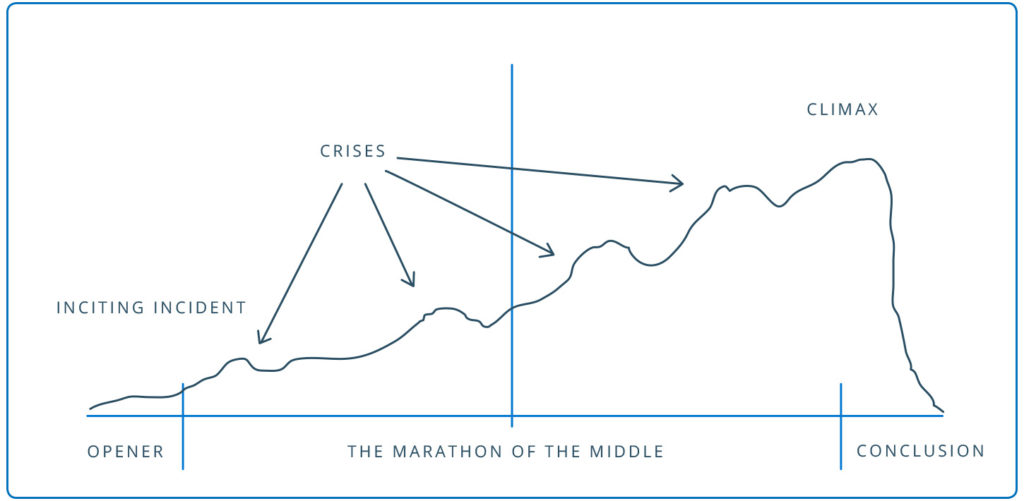how to start writing a book about your life
3 Construct your outline.
Writing your book without a clear vision of where you're going usually ends in disaster.
Even if you're writing a fiction book and consider yourself a Pantser* as opposed to an Outliner, you need at least a basic structure.
[*Those of us who write by the seat of our pants and, as Stephen King advises, put interesting characters in difficult situations and write to find out what happens]
You don't have to call it an outline if that offends your sensibilities. But fashion some sort of a directional document that provides structure for your book and also serves as a safety net.
If you get out on that Pantser highwire and lose your balance, you'll thank me for advising you to have this in place.
Now if you're writing a nonfiction book, there's no substitute for an outline .
Potential agents or publishers require this in your proposal. They want to know where you're going, and they want to know that you know. What do you want your reader to learn from your book, and how will you ensure they learn it?
Fiction or nonfiction, if you commonly lose interest in your book somewhere in what I call the Marathon of the Middle, you likely didn't start with enough exciting ideas .
That's why and outline (or a basic framework) is essential. Don't even start writing until you're confident your structure will hold up through the end.
You may recognize this novel structure illustration.
Did you know it holds up—with only slight adaptations—for nonfiction books too? It's self-explanatory for novelists; they list their plot twists and developments and arrange them in an order that best serves to increase tension.
What separates great nonfiction from mediocre? The same structure!
Arrange your points and evidence in the same way so you're setting your reader up for a huge payoff, and then make sure you deliver.
If your nonfiction book is a memoir, an autobiography, or a biography, structure it like a novel and you can't go wrong.
But even if it's a straightforward how-to book, stay as close to this structure as possible, and you'll see your manuscript come alive.
Make promises early, triggering your reader to anticipate fresh ideas, secrets, inside information, something major that will make him thrilled with the finished product.

While a nonfiction book may not have as much action or dialogue or character development as a novel, you can inject tension by showing where people have failed before and how your reader can succeed.
You can even make the how-to project look impossible until you pay off that setup with your unique solution.
Keep your outline to a single page for now. But make sure every major point is represented, so you'll always know where you're going.
And don't worry if you've forgotten the basics of classic outlining or have never felt comfortable with the concept.
Your outline must serve you. If that means Roman numerals and capital and lowercase letters and then Arabic numerals, you can certainly fashion it that way. But if you just want a list of sentences that synopsize your idea, that's fine too.
Simply start with your working title, then your premise, then—for fiction, list all the major scenes that fit into the rough structure above.
For nonfiction, try to come up with chapter titles and a sentence or two of what each chapter will cover.
Once you have your one-page outline, remember it is a fluid document meant to serve you and your book. Expand it, change it, play with it as you see fit—even during the writing process.
how to start writing a book about your life
Source: https://jerryjenkins.com/how-to-write-a-book/
Posted by: robinsongropen.blogspot.com

0 Response to "how to start writing a book about your life"
Post a Comment